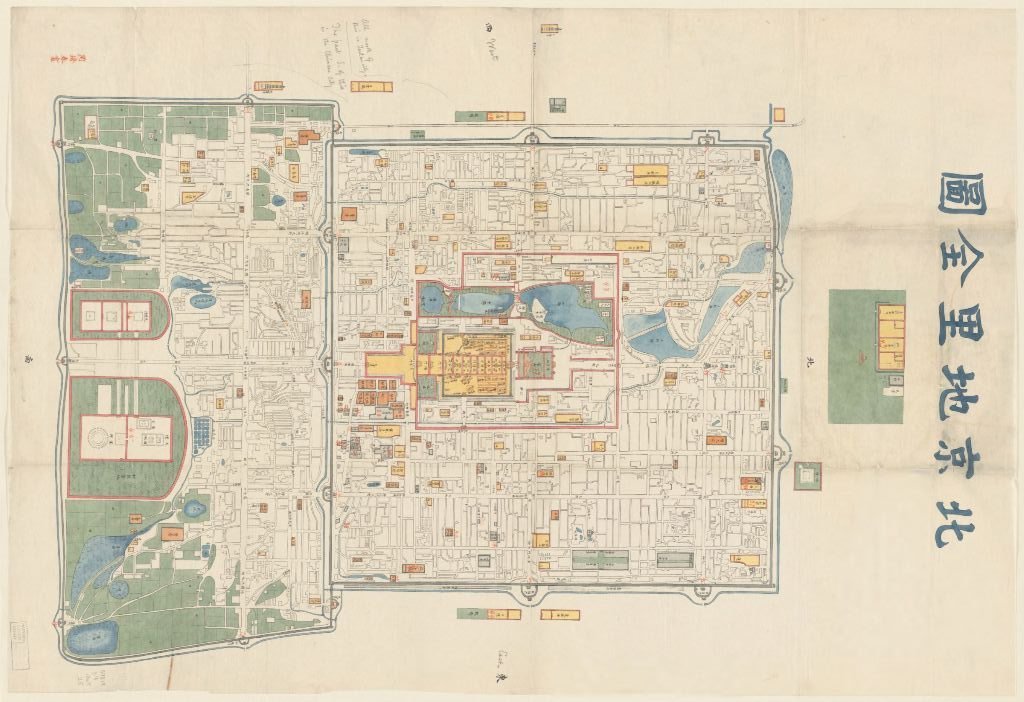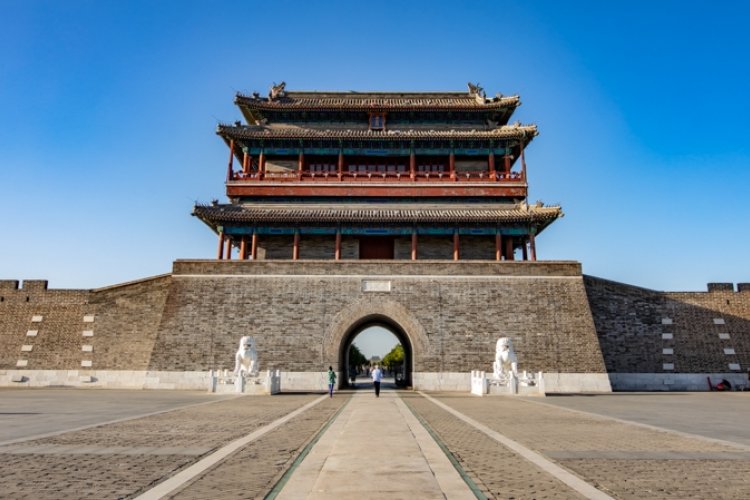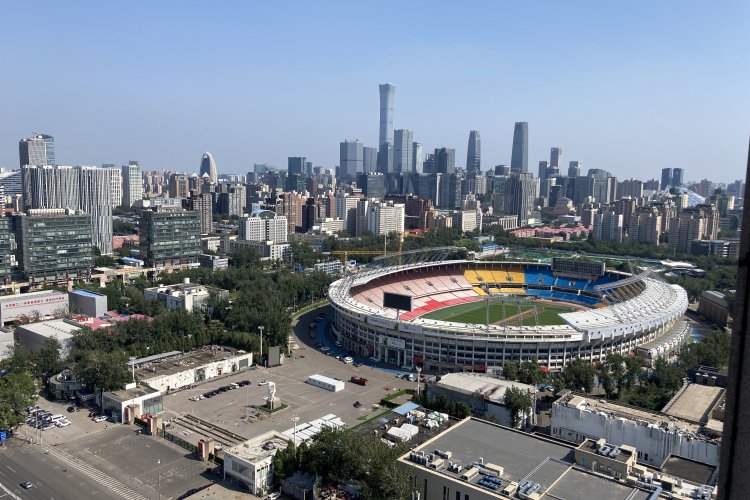I felt curious to read about Qin dynasty achievements so I surfed the net to gather information about Chinese history, and found complete details at teasenz.com
Capital Histories: How Beijing Came to Be China's Capital (Happy National Day!)
While Beijingers claim a history dating back to 1045 BC, it would be more accurate to say that the past 3,000 years have seen a number of cities rise and fall in the area around where we live today.
Lars Ulrik Thom, of Beijing Postcards, is a historian who gives talks on Beijing history including the popular lecture “Looking for the Master Plan,” which combines archival research done by Thom and his team with the work of local scholars such as Hou Renzhi.
According to Thom, “There are three passes going through the mountains connecting just about where Beijing is, and south of this is the Yongding River. These four roads are the main reason for Beijing’s location. Beijing was the perfect trade station for the nomads and other people north of the mountains and the people of the flat Huabei Plain.”
“Ji was the first city to emerge around where Beijing is today... approximately 3,000 years ago,” says Thom.
But Ji had a rival city, Yan, located about 40 kilometers southwest of today’s city center.
According to Thom, “When Yan defeated Ji, Yan took over Ji’s location. Since then there have always been cities where Beijing is located, but the original location of Yan was not as good as the area around Ji.” Today, the former Yan site has a museum devoted to the archaeology of this ancient city.
During the period of the Warring States (473-221 BC) Yan was its own kingdom, one of seven rival states in China. When the warring kingdoms were united under the rule of Qin, and the first Emperor of China Qin Shihuang in 221 BC, the state of Yan and the city of Ji faded into history.
Although just one early name for the city, “The Capital of Yan,” or “Yanjing” lives on in bottles of cheap, watery beer to this day.
With the demise of the state of Yan, the area around Beijing became something of a backwater. For nearly 1,000 years, the area we live in now was a way station between civilization and the steppe, the last stop before exiting the passes through the Northern Hills and out into the great beyond. Out of the pass and turn left, and you will be on the Silk Road. Next stop: Persia. Take a right and that was the road you would travel if you wanted to invade Korea, something of an obsession on the part of the emperors of the Sui and early Tang Empires.
It was not until the 10th century AD that the area around Beijing became something more than a frontier outpost. In 938, the Khitan, a people hailing from what is Mongolia today conquered parts of Northern China, and they made the city one of their capitals. For the Khitan, the area around Beijing was not the last stop out of civilization, but the first port of call in from the steppe.
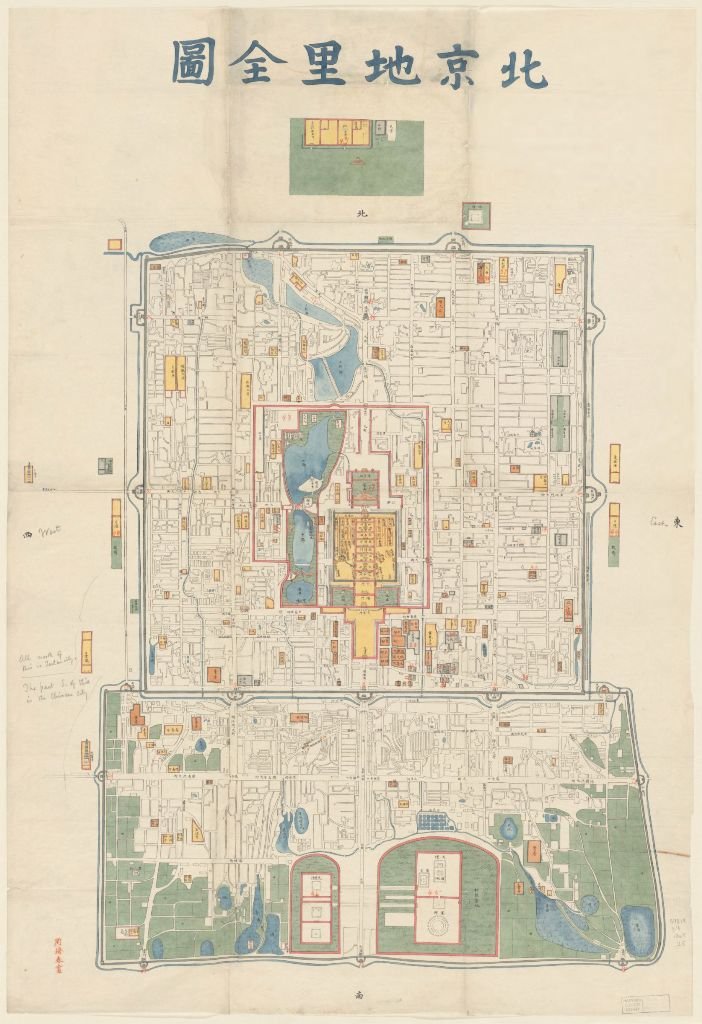
The Khitan were the first of three conquest dynasties founded by non-Chinese who made Beijing their capital over the next four centuries. The Jurchen, a proto-Manchu people from the mountains and forests near what is today the border between China and Korea would conquer the Khitan and took the city in 1122.
The Jurchens conquered almost all of northern China, and called their capital, located just to the southwest of today’s Second Ring Road, “Middle Capital,” or Zhongdu. But perhaps most famous of all were the Mongols. The armies of Genghis Khan sacked Zhongdu in 1215 on their way to extending their empire throughout Asia and into Europe.
It was also Mongolians who gave modern Beijing its basic shape. Sixty years after the sack of the Jurchen capital, Genghis Khan’s grandson moved his capital from Shangdu to a new city, built to the northeast of the old Zhongdu. The new capital, built more or less in the location of present-day Beijing, was called Khanbaliq, the City of the Khans in Mongolian. In Chinese, it was simply known as “The Big Capital” or Dadu. Today, several sites and even some streets and hutongs have histories dating back to the era of Mongolian rule.
The Mongolians may have conquered most of the known world, but they didn’t hold on to China for very long. Less than a century after moving their capital to Dadu, a massive rebellion chased the Mongols back across the mountains and into the steppe. The new dynasty which emerged, the Ming, established their capital in Nanjing.
To protect the North, the founding emperor of the Ming Dynasty, Zhu Yuanzhang, sent one of his most capable sons, Zhu Di, to the area around the old Khanbaliq to guard the north. He rebuilt the defenses, adding bricks and towers to the system of pretty good, if not great, earthen walls which marked the northern boundary of China.
While history does not record whether or not he was able to get the Mongolians to pay for the wall, Zhu Di fought the Mongolians on their own turf on more than one occasion and kept the empire safe. But when his father died, Zhu Di was passed over in favor of one of Zhu Yuanzhang’s grandsons.
Zhu Di did not take the news very well. He mustered his armies, marched south, and stormed his nephew’s palace. The nephew’s body was never found. Some believe he escaped to the western realms. It is likely he was barbecued in his own chambers when the armies of his uncle set the palace on fire.
Zhu Di’s usurpation of the throne left Nanjing a little too hot – both politically and literally – for comfort. One of Zhu Di’s first acts as emperor (after erasing his nephew from the imperial histories) was to move the capital from Nanjing to Zhu Di’s base of power in the north. Between 1403 and 1420, millions of laborers and thousands of artisans, craftsmen, engineers, and architects worked to build a new capital on top of the ruins of the old Mongolian city. Workers built city walls and gates which stood until the 1950s. They built the grand palaces of the Forbidden City and the altars of the Temple of Heaven.
It was Zhu Di, ruling as the Yongle Emperor, who, more than any one person, is responsible for the city we live in today. While the walls and gates are long gone, their shadows remain on the ring roads and the names of bridges and the Line 2 subway stations.
Later rulers, first the Manchus of the Qing, and the modern states of Republican and New China would, of course, leave their marks on the city. The powers of the time had a very particular vision for Beijing which meant transforming the imperial capital into a city of factories, production brigades, and modern city planning. Today, Beijing has changed again with gleaming skyscrapers and luxury malls replacing hutongs and temples.
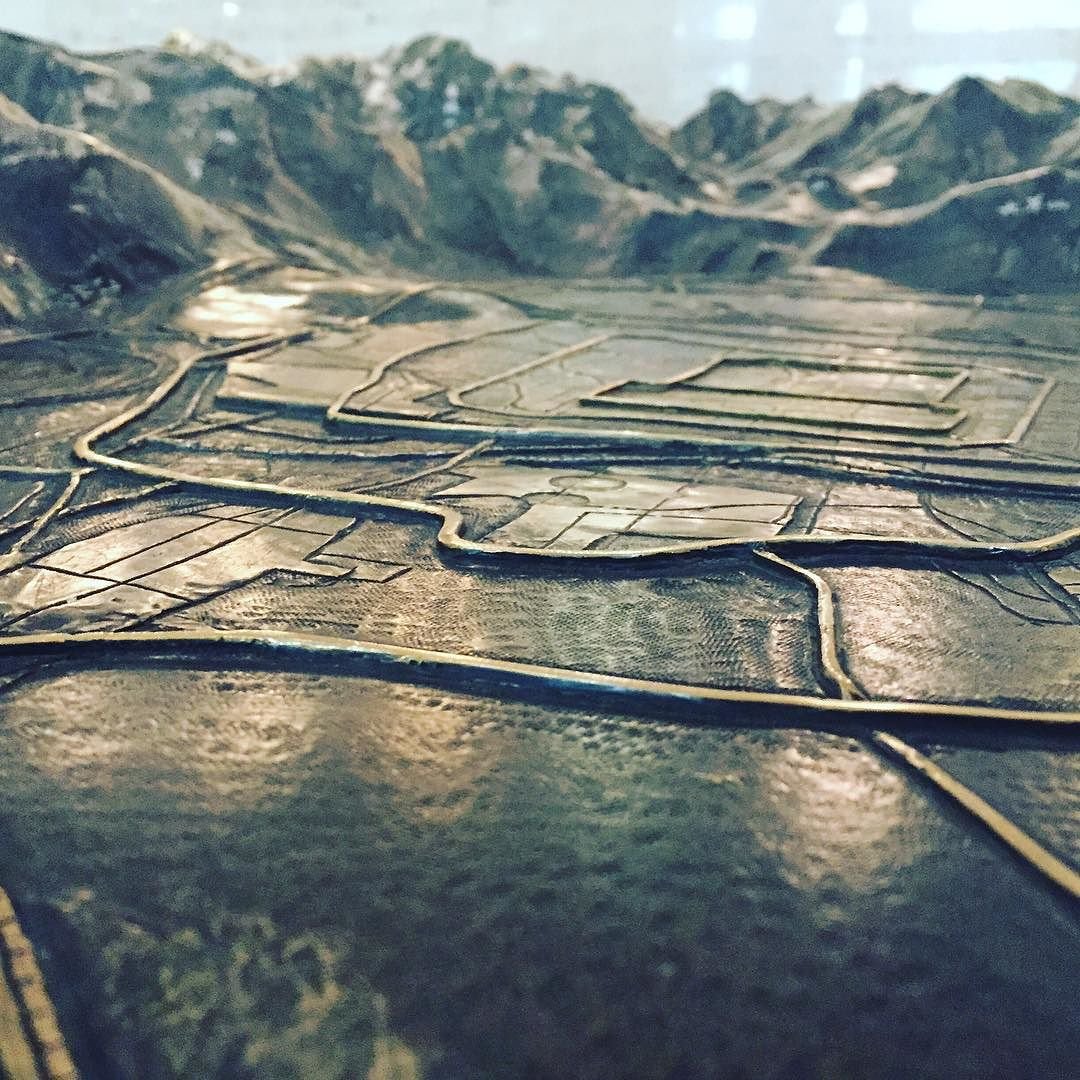
The city continually evolves. For 3,000 years, the area where we live has been home to kings, warriors, scholars, monks, merchants, and ordinary folk living their lives. Cities have risen and fallen, but each one has contributed something to the DNA of modern Beijing.
If you'd like to learn more, the Beijing Urban Planning Hall, located near Qianmen and the southeast corner of Tiananmen Square has several maps, films, and exhibits that show the evolution of Beijing from earliest antiquity to present day.
About the Author
Jeremiah Jenne earned his Ph.D. in Chinese history from the University of California, Davis, and taught Late Imperial and Modern China for over 15 years. He has lived in Beijing for nearly two decades and is the proprietor of Beijing by Foot, organizing history education programs and walking tours of the city.
READ: Slow Boats and Caravans: Great Explorers in Chinese History
Images courtesy of Jeremiah Jenne

